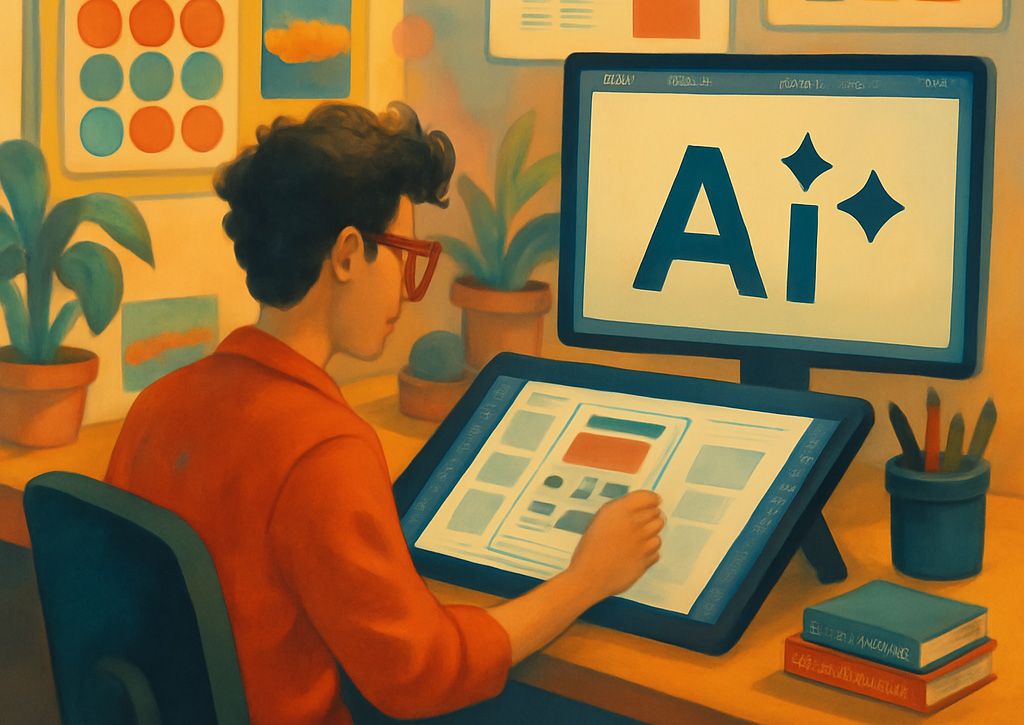Here’s how AI has become a daily co-pilot in my UX workflow, with tools I actually use and sample prompts that you can try.
1. User Research Analysis with AI
Problem:
After user interviews, I used to manually go through transcripts to identify patterns and insights. This was time-consuming and mentally draining.
How AI Helps:
Using Notion AI or ChatGPT, I now paste the full transcript and ask for frustrations, and user quotes.
Tools:
- ChatGPT (for summaries and insight clustering)
- Notion AI (for inline summarization)
Generating UX Copy and Microcopy
Problem:
Writing button labels, error messages, and onboarding tips used to require several brainstorming cycles and user testing revisions.
How AI Helps:
With tools like Grammarly or ChatGPT, I can generate clear, accessible, and human-friendly microcopy in seconds, and refine it based on tone or context.
Tools:
ChatGPT (UX copy ideas)
Grammarly (tone adjustments)
Ideating User Personas and Journey Maps
Problem:
Creating user personas from research findings or limited data used to take hours of synthesis and formatting.
How AI Helps:
AI can turn bullet points into full personas or even draft journey maps when given user goals and challenges.
Tools:
ChatGPT (persona generation)
FigJam AI plugins (for quick journey map scaffolding)
Speeding Up Design Inspiration and Wireframes
Problem:
Staring at a blank screen or Figma canvas often slows down the design start.
How AI Helps:
AI-powered tools like Uizard or Galileo AI can help generate low-fidelity wireframes based on plain English descriptions.
Tools:
Galileo AI (design from text)
Uizard (wireframe generation)
Structuring UX Documentation and Reports
Problem:
Creating reports for stakeholders or compiling research findings used to eat up a lot of time.
How AI Helps:
AI helps me draft user research summaries, design rationale, or even UX case studies faster and with cleaner structure.
Tools:
ChatGPT
Notion AI
Google Docs + AI writing extensions
Final Thoughts
AI won’t replace the creativity, empathy, or critical thinking that define UX design. But it’s become a powerful ally for doing repetitive tasks faster, thinking more clearly, and freeing up time to do what matters most, designing thoughtful, human-centered experiences.
Whether you’re just starting out or deep into your UX career, using AI intentionally can dramatically improve your workflow.







